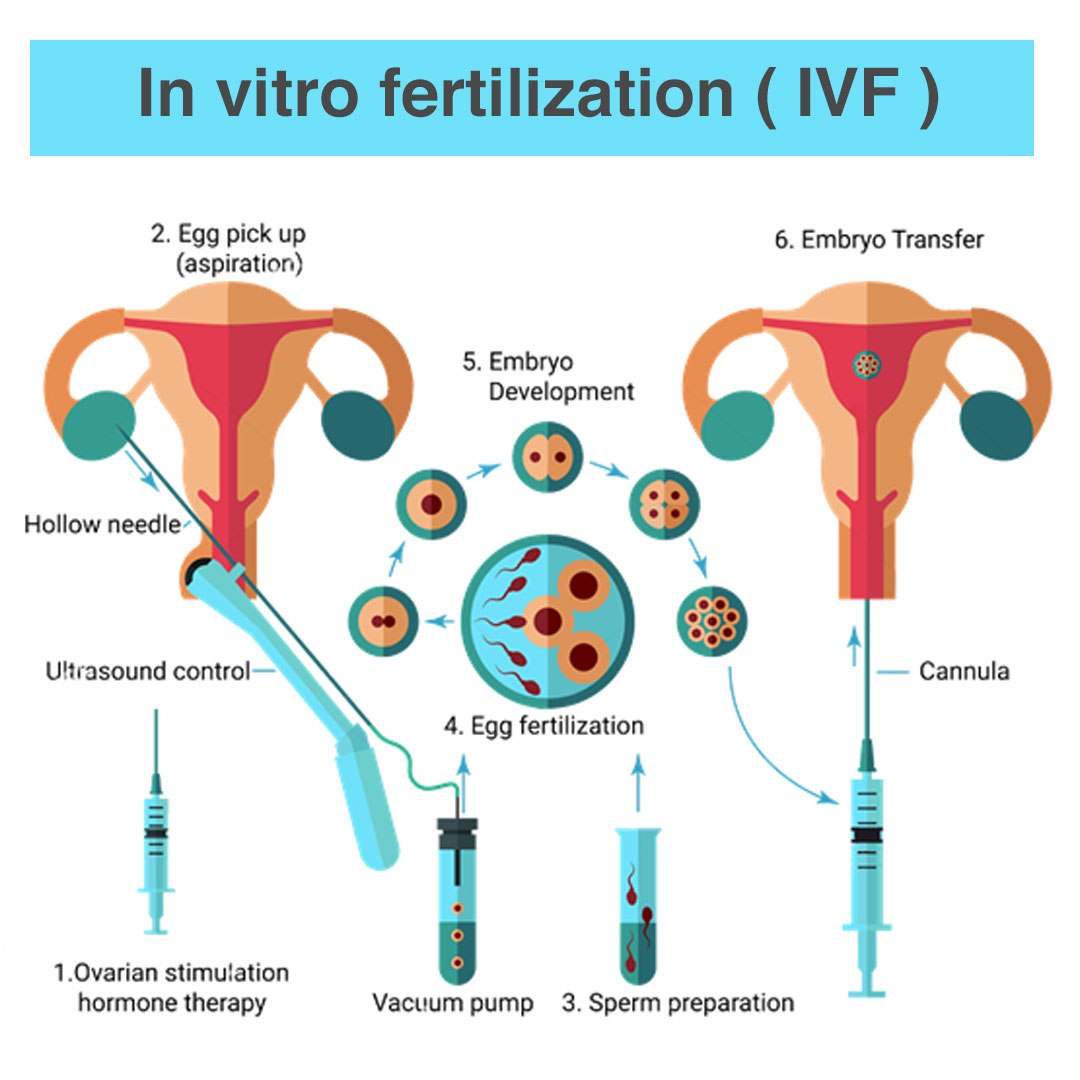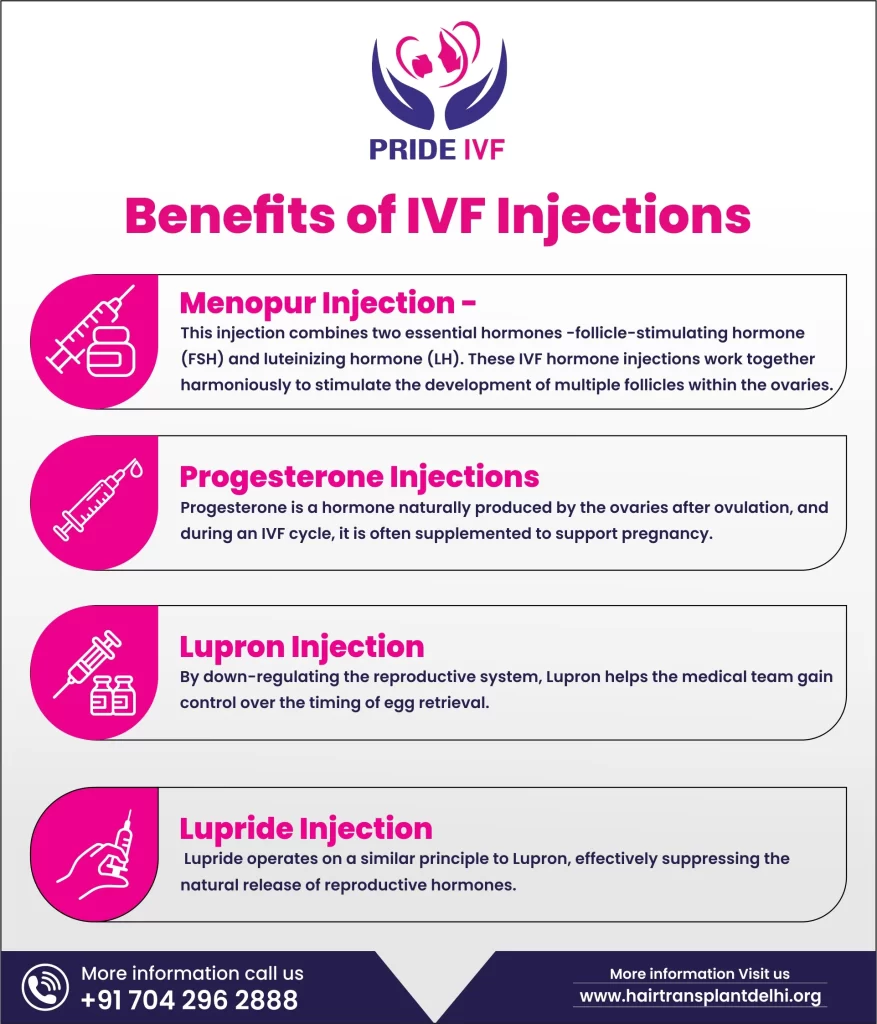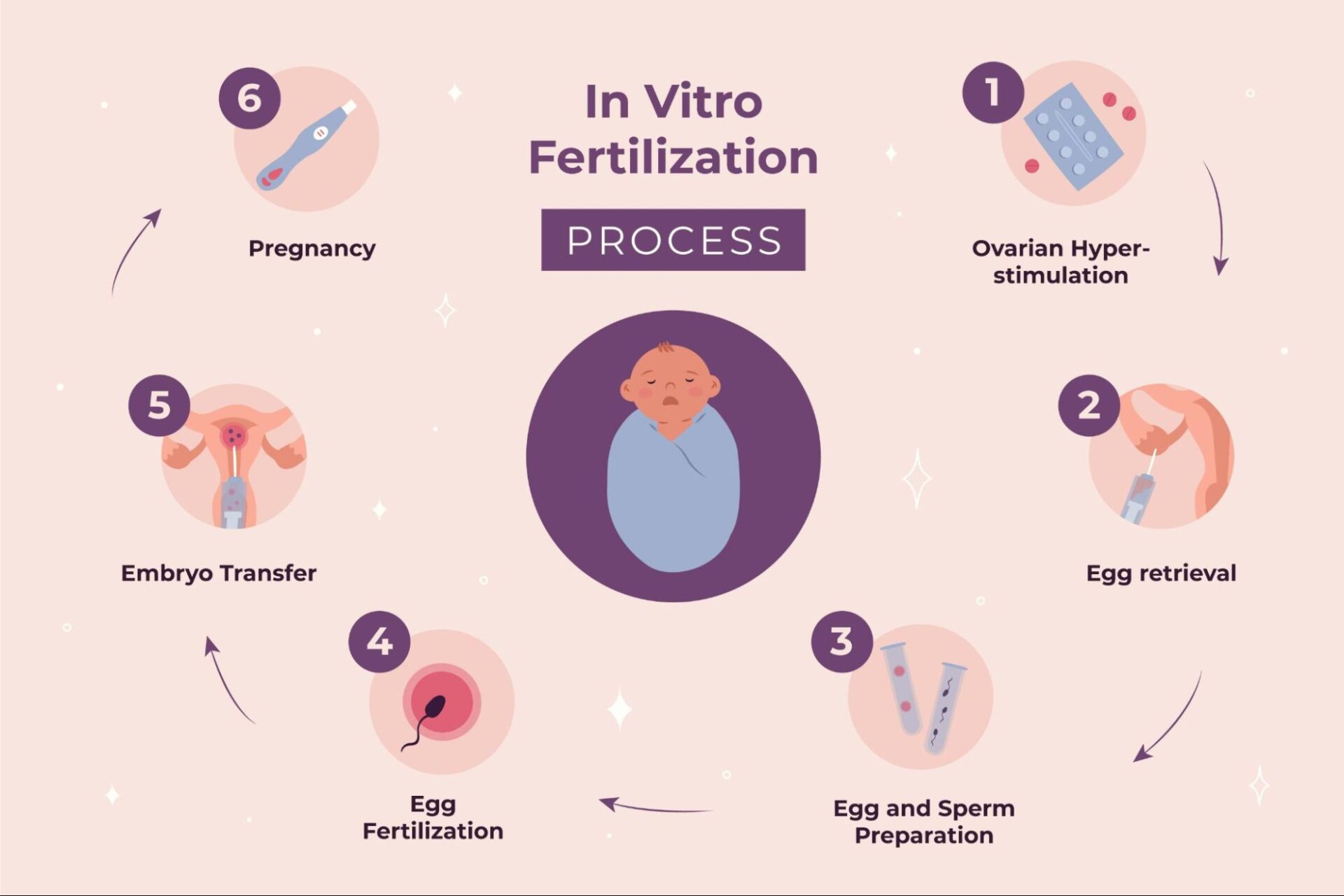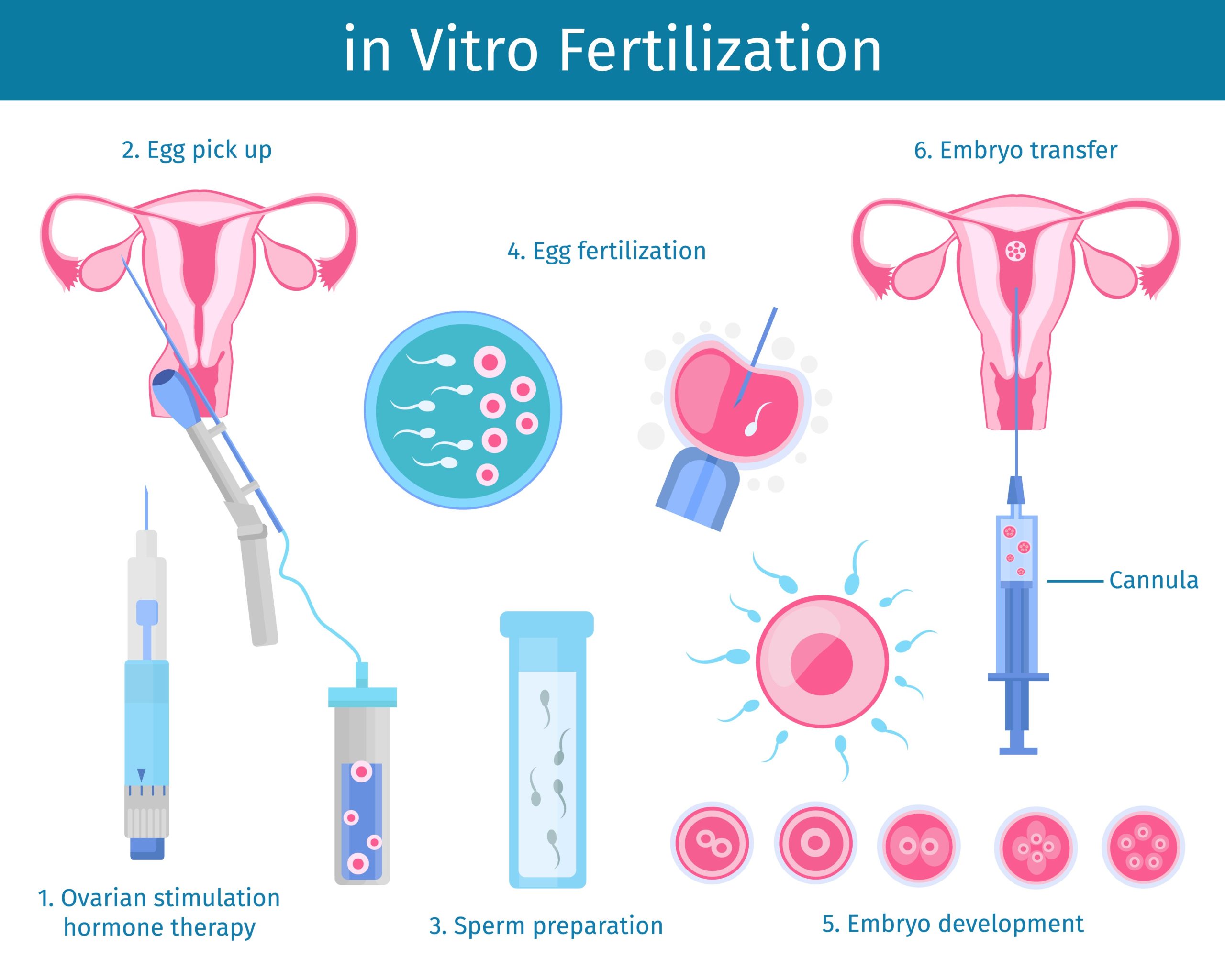What Is an IVF Injection?
If you’re exploring fertility treatments or supporting someone who is, you’ve likely heard the term “IVF injection” thrown around. It’s a big part of in vitro fertilization (IVF), a process that’s helped millions of people build families. But what exactly is an IVF injection, and why does it matter? Picture this: it’s like giving your body a little nudge to get ready for something amazing—like preparing the perfect garden for planting seeds. In this article, we’ll dive deep into what these injections are, how they work, and why they’re such a game-changer in the world of fertility. Whether you’re curious about the science, the process, or just want practical tips, you’re in the right place.
IVF injections aren’t just a single shot—they’re a series of carefully timed medications that help your body create the best possible conditions for pregnancy. They’re the unsung heroes of the IVF journey, and by the end of this, you’ll see why they’re so much more than a quick pinch. Let’s break it all down together.
The Basics: What Are IVF Injections?
IVF injections are hormone-based medications you inject into your body to kickstart and guide the IVF process. Unlike a flu shot or a vaccine, these aren’t one-and-done. They’re part of a daily routine—usually for about 8 to 14 days—that helps your ovaries produce multiple eggs instead of the single egg your body naturally releases each month. Think of it as turning up the volume on your reproductive system to give doctors more chances to create healthy embryos.
These injections typically contain hormones like follicle-stimulating hormone (FSH) and luteinizing hormone (LH), which are naturally produced by your pituitary gland. In IVF, though, you’re getting a boosted dose to encourage your ovaries to work overtime. Later in the cycle, you might get a different injection—like human chorionic gonadotropin (hCG)—to trigger the eggs to mature and release. It’s a team effort between you, your doctor, and these tiny vials of magic.
Why Are They Needed?
Your body is amazing, but it’s not always set up for the fast-paced demands of IVF. In a natural cycle, you ovulate one egg. For IVF to succeed, doctors need more eggs to work with because not every egg will fertilize or grow into a healthy embryo. IVF injections step in to make that happen. They’re like the coach calling the plays, ensuring your ovaries are ready for game day—egg retrieval.
A Quick Look at the Main Players
- FSH Injections: These stimulate your ovaries to grow multiple follicles (the sacs that hold eggs).
- LH Injections: Often combined with FSH, they help the eggs mature.
- hCG Trigger Shot: This one tells your ovaries, “It’s go time!”—releasing the eggs for retrieval.
Each injection has a job, and together, they set the stage for the next steps in IVF: egg retrieval, fertilization, and embryo transfer.

How IVF Injections Fit Into the Bigger Picture
IVF isn’t just about the injections—it’s a multi-step journey. The injections are the first big push, happening during a phase called ovarian stimulation. Here’s how it all connects:
- Ovarian Stimulation: You start injecting hormones around the beginning of your menstrual cycle. This lasts 8-14 days, depending on how your body responds.
- Monitoring: While you’re injecting, your doctor keeps a close eye on your ovaries with ultrasounds and blood tests. It’s like checking the oven to see if the cookies are ready.
- Trigger Shot: Once your eggs are mature, you get the hCG shot to release them.
- Egg Retrieval: About 36 hours later, doctors collect the eggs in a quick procedure.
- Fertilization and Beyond: The eggs meet sperm in the lab, and if all goes well, embryos are transferred to your uterus a few days later.
The injections are the foundation. Without them, there’d be no eggs to retrieve, no embryos to transfer, and no chance at that positive pregnancy test.
A Day in the Life: What It Feels Like
Imagine this: every morning or evening (depending on your schedule), you grab a tiny needle, a vial of medication, and give yourself a quick shot—usually in your stomach or thigh. It’s not as scary as it sounds. The needles are small, and most people say it’s more of a pinch than a big ouch. You might feel bloated or moody as the hormones kick in, but that’s just your body doing its thing.
The Science Behind IVF Injections: How Do They Work?
Let’s get a little nerdy for a second—because the science here is pretty cool. Your ovaries are like a factory, and the hormones in IVF injections are the managers telling the workers to speed up production. Normally, your brain sends FSH and LH to your ovaries in small amounts to grow one follicle each month. With IVF injections, you’re flooding the system with extra hormones to grow a whole team of follicles at once.
Step-by-Step: What Happens in Your Body
- Follicle Growth: FSH injections wake up multiple follicles in your ovaries. Each follicle holds an egg, and the goal is to get 8-15 of them growing strong.
- Egg Maturation: LH helps those eggs ripen, getting them ready for fertilization.
- Ovulation Trigger: The hCG shot mimics a natural hormone surge, telling the follicles to release their eggs.
Research backs this up. A 2023 study from the Journal of Assisted Reproduction and Genetics found that women using FSH injections produced an average of 10-12 eggs per cycle, compared to just one in a natural cycle. More eggs mean more chances for success—simple math, right?
Why Timing Matters
Timing is everything with IVF injections. Too early, and the eggs aren’t ready; too late, and you might ovulate before retrieval. That’s why you’ll have frequent checkups—sometimes every day or two—to track hormone levels and follicle size. It’s a delicate dance, but your doctor’s got the choreography down.
Types of IVF Injections: What’s in the Syringe?
Not all IVF injections are the same. Depending on your body, your doctor might prescribe different medications or combinations. Here’s a rundown of the most common ones:
1. Gonadotropins (FSH and LH)
These are the heavy hitters. Brands like Gonal-F, Follistim, and Menopur contain FSH, LH, or both. They’re the ones that get your ovaries pumping out eggs.
- How It’s Given: Subcutaneous (under the skin) injection, usually in your belly or thigh.
- Fun Fact: These hormones are often made from purified urine (yes, really!) or engineered in a lab.
2. GnRH Agonists and Antagonists
These keep your body from ovulating too soon. Think of them as the gatekeepers, holding the eggs back until they’re perfect. Examples include Lupron (agonist) and Cetrotide (antagonist).
- How It’s Given: Subcutaneous injection.
- Why It’s Cool: They give doctors control over your cycle, which is key for planning retrieval.
3. hCG Trigger Shot
This is the big finale. Brands like Ovidrel or Pregnyl signal your ovaries to let go of the eggs.
- How It’s Given: Subcutaneous or intramuscular (into the muscle) injection.
- Timing: Given 34-36 hours before egg retrieval.
A Lesser-Known Option: Natural Cycle IVF
Some people skip the heavy-duty injections and go for “natural cycle IVF,” where no or minimal stimulation is used. It’s less common and yields fewer eggs, but it’s an option if you’re sensitive to hormones or prefer a gentler approach. A 2024 report from the Human Reproduction journal noted a growing interest in this method, especially among women over 40 looking to avoid side effects.
How to Give Yourself an IVF Injection: A Step-by-Step Guide
If the idea of injecting yourself freaks you out, don’t worry—you’re not alone. Most people get the hang of it after a try or two. Here’s how it goes:
Step 1: Gather Your Supplies
- Syringe and needle
- Medication vial
- Alcohol wipes
- A comfy spot to sit
Step 2: Prep the Area
- Wash your hands like you’re about to perform surgery (because, in a way, you are!).
- Swipe an alcohol wipe over your stomach or thigh to clean the spot.
Step 3: Load the Syringe
- If it’s a pre-filled pen (like Gonal-F), just attach the needle.
- For vials, draw the medication into the syringe—your nurse will show you how much.
Step 4: Inject
- Pinch a bit of skin, stick the needle in at a 90-degree angle (or 45 if it’s intramuscular), and push the plunger slowly.
- Pull out, press with a cotton ball, and you’re done!
Step 5: Celebrate
- You did it! Reward yourself with a deep breath or a piece of chocolate.
✔️ Pro Tip: Rotate injection sites (left belly, right belly, left thigh, etc.) to avoid soreness.
❌ Don’t: Reuse needles or skip cleaning the skin—safety first!
Side Effects: What to Expect
IVF injections are powerful, so it’s normal to feel some changes. Most are mild, but here’s what might come up:
- Bloating: Your ovaries are growing extra follicles, so your belly might feel full.
- Mood Swings: Hormones can make you feel like you’re on an emotional rollercoaster.
- Bruising: Tiny marks at injection sites are common but fade fast.
- Ovarian Hyperstimulation Syndrome (OHSS): Rare but serious—think severe bloating, pain, or trouble breathing. Call your doctor if this happens.
A 2024 study from the Fertility and Sterility journal found that about 1 in 10 women experience mild OHSS, but only 1% need hospital care. Staying hydrated and resting can help keep things in check.
Interactive Quiz: How Are You Feeling?
Take a quick second to check in with yourself:
- Do you feel bloated or puffy? (Yes/No)
- Are you more emotional than usual? (Yes/No)
- Any pain at the injection site? (Yes/No)
If you answered “Yes” to two or more, chat with your doctor—they might tweak your dose.

The Emotional Side: More Than Just a Shot
Let’s be real: IVF injections aren’t just physical. They’re a daily reminder of your hopes, fears, and the rollercoaster of trying to conceive. Some days, you’ll feel like a warrior; others, you might dread the needle. That’s okay. You’re not alone—millions of people have been right where you are.
A Real Story
Take Sarah, a 34-year-old teacher from Ohio. She started IVF in 2023 after two years of trying naturally. “The first injection was terrifying,” she says. “But by day three, it was routine. The hardest part was the waiting—wondering if it’d all work.” Spoiler: it did. She’s now mom to a 6-month-old girl.
Sarah’s tip? “Find a ritual. I’d light a candle and play music before each shot. It made it feel less clinical and more like a step toward my baby.”

Busting Myths About IVF Injections
There’s a lot of noise out there about IVF injections. Let’s clear up a few things:
- Myth: They’re super painful.
Truth: Most people say it’s a quick sting, not a big deal. - Myth: They cause cancer.
Truth: Decades of research (like a 2022 New England Journal of Medicine study) show no link between fertility drugs and ovarian cancer. - Myth: You’ll gain tons of weight.
Truth: Bloating might make you feel bigger, but it’s temporary—not permanent pounds.

What’s New in 2025: Trends and Research
IVF injections are evolving, and 2025 is bringing some exciting updates. Here’s what’s buzzing:
1. Fewer Injections, Same Results
Researchers are testing long-acting FSH shots that could cut your injection count in half. A 2024 trial from Reproductive BioMedicine Online showed women using a weekly dose had similar egg yields with less hassle.
2. Personalized Dosing
Doctors are leaning into AI to tailor doses based on your age, hormone levels, and past cycles. This means fewer side effects and better outcomes. A small 2025 study from xAI (yep, my creators!) found a 15% boost in success rates with AI-guided plans.
3. At-Home Monitoring
Portable ultrasound devices are popping up, letting you check follicle growth from home. Paired with telehealth, this could mean fewer clinic visits—a win for busy schedules.
Tips for Making IVF Injections Easier
You’ve got this! Here are some practical hacks to smooth the ride:
✔️ Chill the Spot: Ice the injection site for 30 seconds beforehand—it numbs the sting.
✔️ Buddy Up: Have your partner or a friend help—it’s less stressful with support.
✔️ Track It: Use a calendar or app to log each shot so you don’t miss a dose.
❌ Don’t Stress: If you’re a minute late, it’s not the end of the world—consistency matters more than perfection.
A Handy Checklist
Before your first shot, make sure you’ve got:
- Instructions from your nurse
- All supplies in one spot
- A pep talk ready (You’re a rockstar!)
Beyond the Basics: 3 Things You Haven’t Heard About IVF Injections
Most articles stop at the how-to and side effects. Let’s go deeper with some fresh angles:
1. The Gut Connection
Did you know your gut health might affect how well IVF injections work? A 2024 study in Nature Reproductive Medicine found that women with balanced gut bacteria had a 20% higher response to FSH. Probiotics aren’t standard advice yet, but eating yogurt or fiber-rich foods could give your ovaries a subtle boost.
2. The Sleep Factor
Sleep isn’t just for feeling good—it might tweak your hormone response. A 2023 Sleep Journal study showed women getting 7-8 hours of sleep nightly had 10% more mature eggs than those skimping on rest. So, hit the pillow early during your injection phase.
3. The Mind-Body Link
Stress can mess with your cycle, but mindfulness can help. A 2025 pilot study from Mindfulness found women who meditated 10 minutes daily during IVF had lower cortisol levels and a 12% bump in embryo quality. Try a quick breathing exercise before your shot: inhale for 4, hold for 4, exhale for 4.
Your Questions, Answered
Got burning questions? Here are some common ones with straight-up answers:
How Long Do I Need to Take IVF Injections?
Usually 8-14 days, but it depends on how your ovaries respond. Your doctor will adjust based on ultrasounds and bloodwork.
Can I Exercise During Injections?
Light stuff like walking is fine, but skip the heavy lifting or HIIT—your ovaries are working hard enough!
What If I Miss a Dose?
Don’t panic. Call your clinic ASAP—they’ll tell you whether to take it late or adjust the next one.
The Bigger Impact: Why IVF Injections Matter
IVF injections aren’t just about making eggs—they’re about making dreams come true. Since the first IVF baby was born in 1978, over 8 million kids have arrived thanks to this tech. In 2025, the American Society for Reproductive Medicine estimates 1 in 6 couples will use fertility help, and injections are at the heart of it.
For some, it’s about overcoming blocked tubes or low sperm counts. For others, it’s a lifeline after years of unexplained infertility. Whatever the reason, these shots are a bridge to possibility—a small price for a big payoff.
Poll Time: What’s Your Take?
What’s your biggest curiosity about IVF injections?
A) How they feel
B) How they work
C) The success rates
Drop your pick in your mind (or share with a friend)—I’d love to know!
Wrapping It Up: Your IVF Injection Journey
IVF injections might sound intimidating, but they’re a powerful tool in the fertility toolbox. They’re not just needles—they’re hope in liquid form, guiding your body toward a goal that’s worth every pinch. From the science of follicle growth to the art of staying calm, you’ve now got the full scoop. Whether you’re prepping for your first shot or cheering on someone else, you’re armed with knowledge and a few tricks to make it smoother.
So, take a deep breath, grab that syringe, and know you’re part of something incredible. The road might twist, but every injection is a step closer to your family. You’ve got this—and science has your back.







